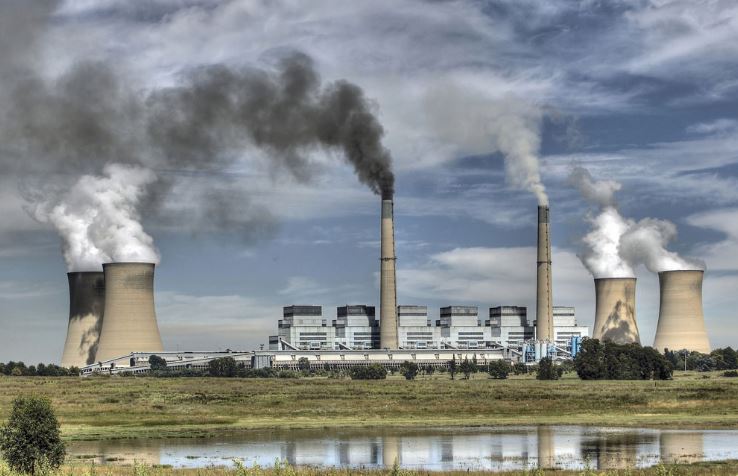It’s not a good time to be in the coal business.
Based on current trends, sources of renewable energy should surpass energy produced by coal in the United States by the end of 2021.
A recent CNN article goes into details on this inevitable transition. CNN’s information was derived from the Institute of Energy Economic and Financial Analysis (IEEFA).

Coal’s impending demise is mostly due to competing energy sources, namely, natural gas. However, wind and solar power have grown at rapid rates making the role of natural gas as being a “bridge fuel.” Also, aging coal plants and pressure from environmental concerns are speeding up the demise of coal plants across the country.
PJ Deschenes, a partner at Greentech Capital Advisors, (an investment bank with expertise on clean energy) had this to say about this energy transition – “The next piece of the energy transition is very close at hand. Coal is coming offline as fast or faster than anticipated.”
To shed light on how quickly this transition is occurring, its notable that coal actually provided the country with half of its energy needs between 2000 and 2010. Natural gas replaced coal as the most used energy source in 2016. While the natural gas boom was occurring, renewable energy started to experience major growth as well.
Case in point is the fact that Murray Energy, the largest private coal mining company in the U.S., declared bankruptcy just last month. Also, Navajo Generation Station, the largest coal plant in the West, just closed down for good. The pace and size of coal plants being shut down is something hard to ignore. This massive transition is happening at a pace that is surprising to many in the energy industry.
In fact, it is expected that the country’s use of coal will fall from 28 percent in 2018 to 22 percent in 2020. The “crossover” year is predicted to occur by 2021, according to Dennis Wamsted, analyst at the IEEFA. He expects sources of renewable energy to overtake coal, at the very latest, by 2022.
Another notable example this transition already occurring can be seen in the Lone Star State. Not long ago, coal reigned supreme in Texas. However, in recent years, there have been major wind farms put to use. So much so that wind now accounts for 22 percent of the state’s energy needs, while coal currently supplies 21 percent.
What’s the underlying impetus here? Economics, of course. The cost of solar power and wind power are financially very attractive. Otherwise, this energy transition would not be happening nearly as quickly as we are witnessing.
Of course, a major part of the renewable energy story must include energy storage. Reliable and sufficient energy storage systems must be in place for when the wind isn’t blowing and the sun isn’t shining. The good news is that prices for energy storage are falling quickly as well.
It won’t be much longer before wind and solar power are the new kings of energy production!
